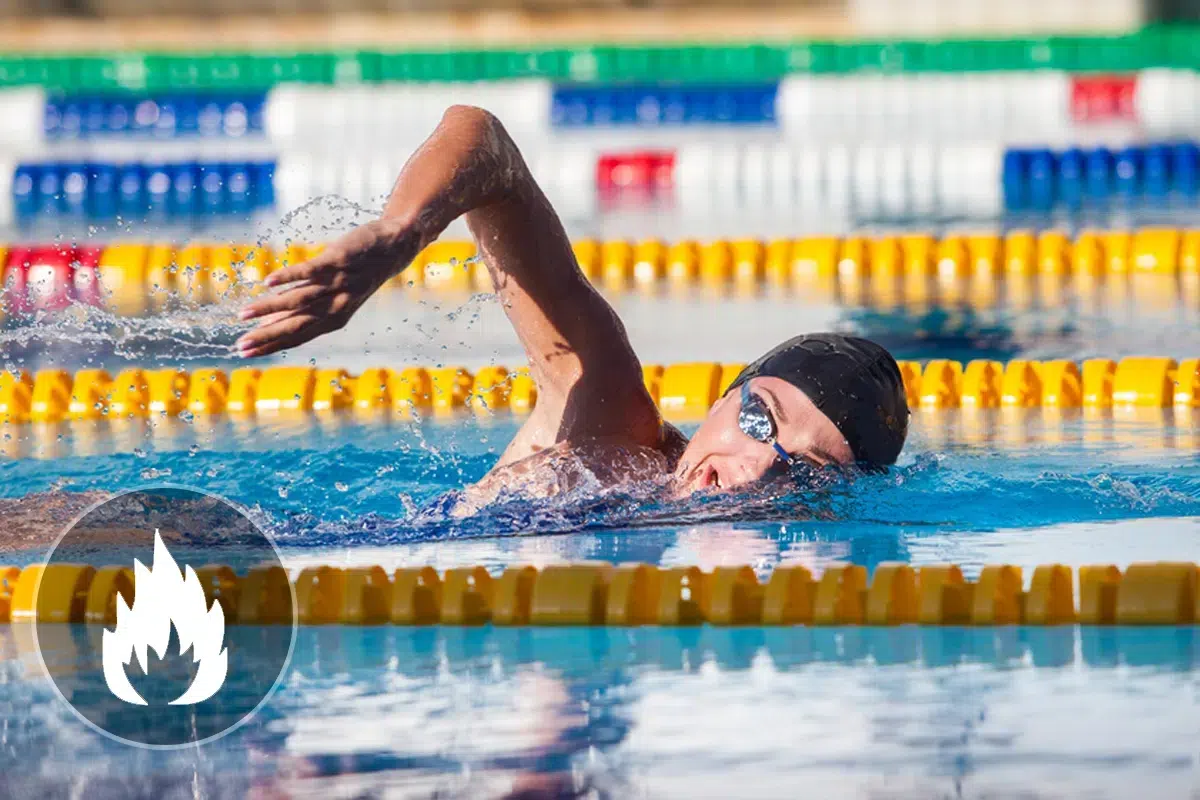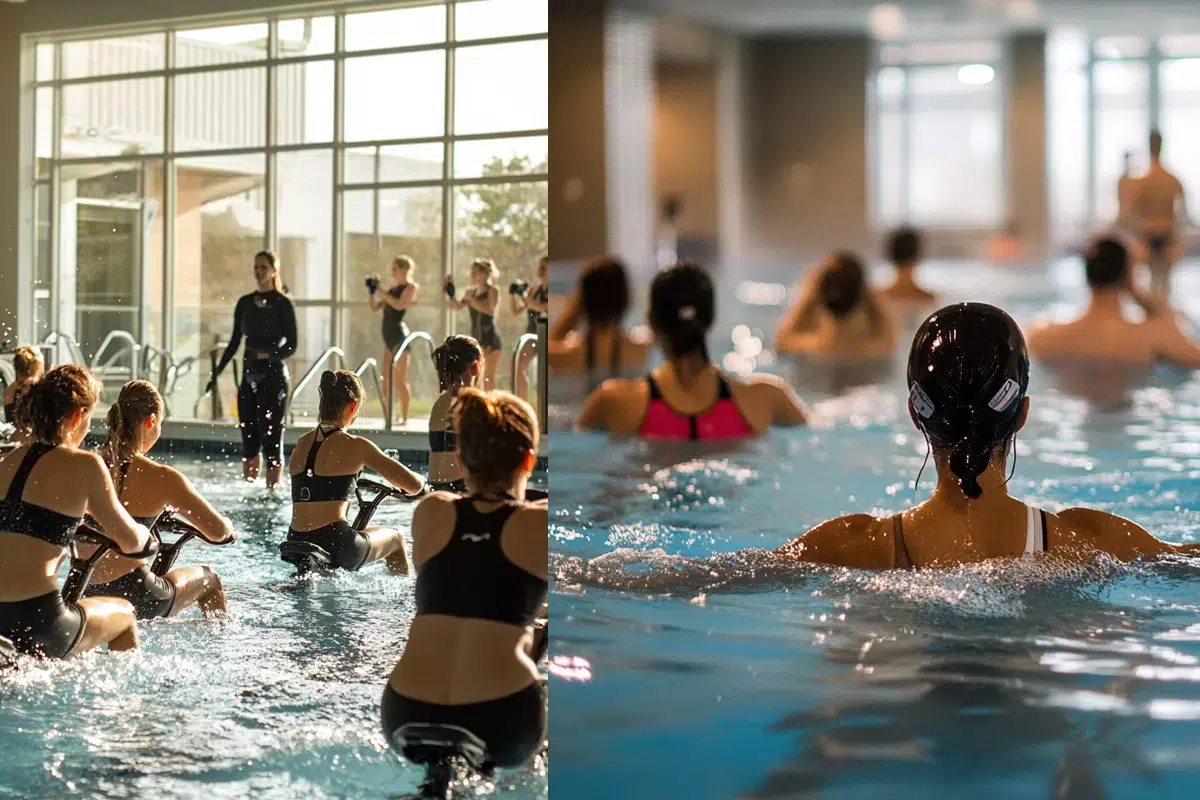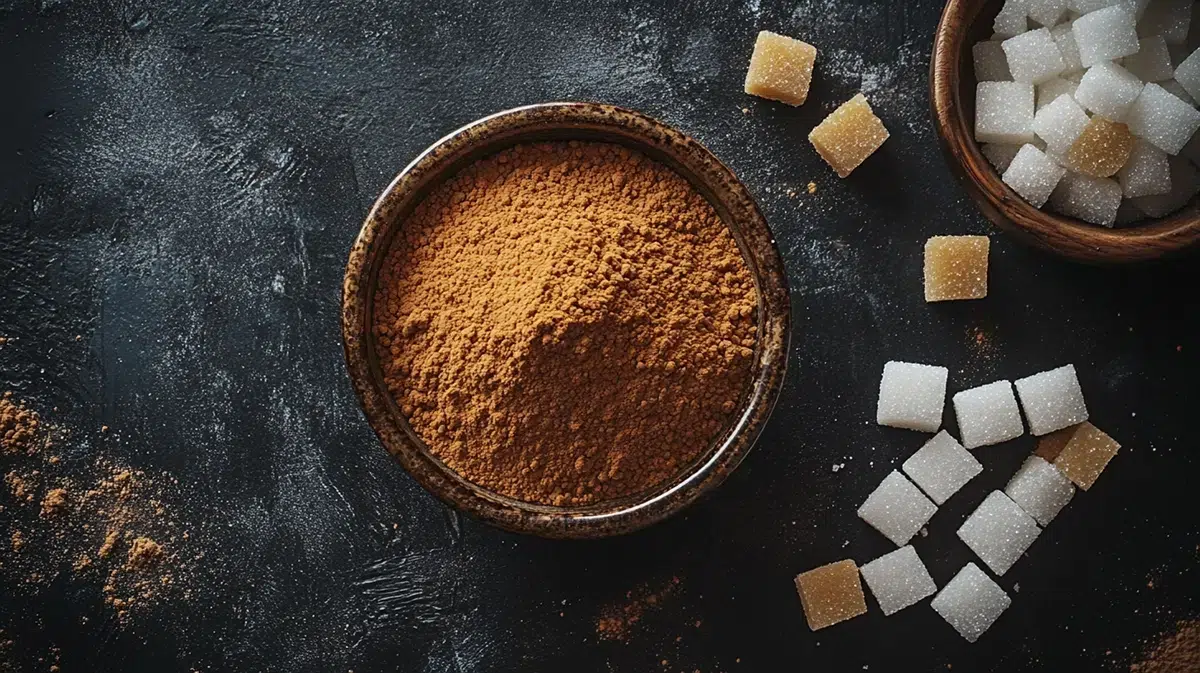Show summary Hide summary
How many calories do we burn when swimming the front crawl?

Everything you need to know about the crawl
🏊 Wondering how many calories you burn doing 30 or 60 minutes of freestyle? Simply input your profile and swim time – our tool shows your energy expenditure.
Discover other REGIVIA calculators:
Front crawl swimming: A few examples of energy expenditure depending on weight and activity time.
Use the table below to see how many calories you lose by practising the crawl!
Front crawl
Normal intensity
Kilocalorie expenditure according to your weight profile
| Weight | 15 minutes | 30 minutes | 1 hour |
|---|---|---|---|
| 40 kg | 84 | 168 | 336 |
| 50 kg | 105 | 210 | 420 |
| 60 kg | 126 | 252 | 504 |
| 70 kg | 147 | 294 | 588 |
| 80 kg | 168 | 336 | 672 |
| 90 kg | 189 | 378 | 756 |
See the detailed calculations and metabolic equivalent for the front crawl
Everything you need to know about the crawl
FIND OUT MORE ABOUT THE FRONT CRAWL
The front crawl is the fastest stroke for those who want to beat a speed record and impress the crowds. What’s more, this stroke is excellent for building muscle throughout the body and working the back as a whole.
You’ll find 2 Speedo videos below showing you the technique to learn to master leg and arm coordination as well as breathing coordination.
Arm movements :
Leg movements :
Don’t hesitate to discover the other swimming strokes :
Of the four strokes, the crawl is an effective swimming technique. As well as having health benefits, the crawl helps tone the whole body. The muscles most involved are mainly those of the upper body. The alternating rotation of the arms accompanied by the kicking of the legs helps to strengthen the shoulders, arms and, to a lesser extent, the legs and buttocks.
This swimming technique, which involves alternating arm and leg movements in synchrony, offers numerous health and fitness benefits.
Some benefits of front crawl swimming:
- Muscle strengthening: The crawl involves a number of muscle groups, such as the muscles of the upper body (shoulders, arms, chest) and the muscles of the lower body (legs, buttocks). It strengthens and tones the whole body.
- Improving cardiorespiratory endurance: The crawl is an excellent cardiovascular exercise, working the heart and lungs. Regular practice of the crawl improves endurance and respiratory capacity, promoting better cardiorespiratory health.
- Developing coordination: The crawl requires precise coordination between arm and leg movements, as well as synchronisation with breathing. Regular practice improves coordination and body control in the water.
- Burning calories: The crawl is a physical activity that burns a significant number of calories. Intense swimming of the front crawl can help you lose weight and manage your body mass index.
- Stimulation of flexibility and mobility: The crawl uses the joints in a gentle, fluid way, promoting joint flexibility and mobility. It can help to improve the body’s overall flexibility.
- Beneficial effect on mental health: As with any physical activity, practising the crawl releases endorphins, the feel-good hormones that can help reduce stress, improve mood and promote better sleep.
In conclusion, the front crawl is a versatile stroke that offers numerous health and fitness benefits. Whether for competition, training or simply for the pleasure of swimming, the crawl is an excellent option for improving physical fitness and enjoying the benefits of the water.
How to calculate the number of calories burned with front crawl swimming
The result displayed is expressed in Kcal and is calculated using the MET (Metabolic Equivalent of Task). The MET for each activity is the result of statistical data and cannot therefore be interpreted as an exact calculation, but rather as an estimate that takes into account the MET value and the ratio between the time spent doing an activity and the weight of the individual.
For example: The MET value for the front crawl is 8. This means that a person who swims the front crawl consumes 8 times more energy than when resting.
Discover the detailed formula to calculate your daily energy expenditure while front crawl swimming
Consumption in Kcal per minute = (METs*3.5*Weight in kilos)/200
This gives for a 60 kg person swimming the crawl for 20 minutes:
Consumption in Kcal per minute = (8*3.5*60)/200 = 8.4 Kcal/mn
So for 30 minutes = 8.4*20 = 168 kcal for 20 minutes
All sports in detail!



















































